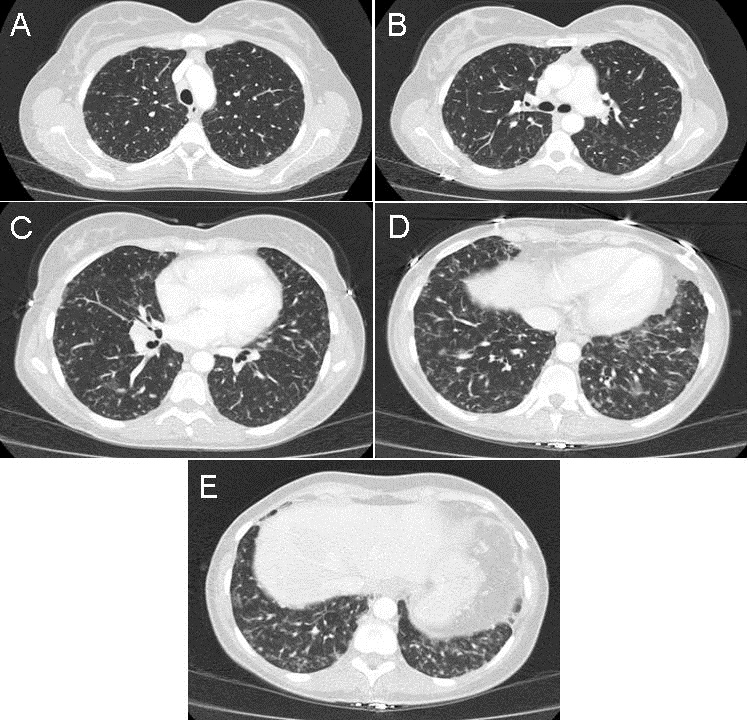September 2016 Pulmonary Case of the Month
 Thursday, September 1, 2016 at 8:00AM
Thursday, September 1, 2016 at 8:00AM Lewis J. Wesselius, MD
Department of Pulmonary Medicine
Mayo Clinic Arizona
Scottsdale, AZ
Pulmonary Case of the Month CME Information
Members of the Arizona, New Mexico, Colorado and California Thoracic Societies and the Mayo Clinic are able to receive 0.25 AMA PRA Category 1 Credits™ for each case they complete. Completion of an evaluation form is required to receive credit and a link is provided on the last panel of the activity.
0.25 AMA PRA Category 1 Credit(s)™
Estimated time to complete this activity: 0.25 hours
Lead Author(s): Lewis J. Wesselius, MD. All Faculty, CME Planning Committee Members, and the CME Office Reviewers have disclosed that they do not have any relevant financial relationships with commercial interests that would constitute a conflict of interest concerning this CME activity.
Learning Objectives:
As a result of this activity I will be better able to:
- Correctly interpret and identify clinical practices supported by the highest quality available evidence.
- Will be better able to establsh the optimal evaluation leading to a correct diagnosis for patients with pulmonary, critical care and sleep disorders.
- Will improve the translation of the most current clinical information into the delivery of high quality care for patients.
- Will integrate new treatment options in discussing available treatment alternatives for patients with pulmonary, critical care and sleep related disorders.
Learning Format: Case-based, interactive online course, including mandatory assessment questions (number of questions varies by case). Please also read the Technical Requirements.
CME Sponsor: University of Arizona College of Medicine at Banner University Medical Center Tucson
Current Approval Period: January 1, 2015-December 31, 2016
Financial Support Received: None
History of Present Illness
The patient is a 52 year-old woman with prior renal transplant in 1998 due to complications of pre-eclampsia. She had a recent decline in renal function leading to re-transplant on June 23 of this year. She was admitted to the hospital on July 8th with ventricular tachycardia. Treatment with amiodarone was begun with no further ventriuclar tachycardia. She is also taking usual anti-rejection medications.
Past Medical History, Social History and Family History
Other than the renal transplantation she has no other significant past medical history and has never smoked. Family history is noncontributory.
Physical Examination
Physical examination was unremarkable other than the surgical wounds associated with her renal transplants.
Radiography
Her chest x-ray is shown in Figure 1.

Figure 1. Admission chest radiograph.
What should be done at this time? (Click on the correct answer to proceed to the second of four panels)
- Discontinue the amiodarone
- Empiric antibiotics
- Plasma brain naturetic peptide (BNP)
- 1 and 3
- All of the above
Cite as: Wesselius LJ. September 2016 pulmonary case of the month. Southwest J Pulm Crit Care. 2016;13(3):101-7. doi: http://dx.doi.org/10.13175/swjpcc086-16 PDF





